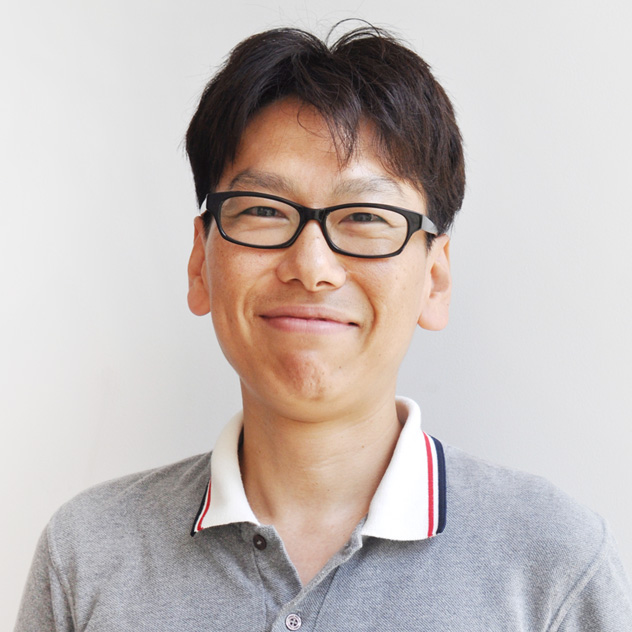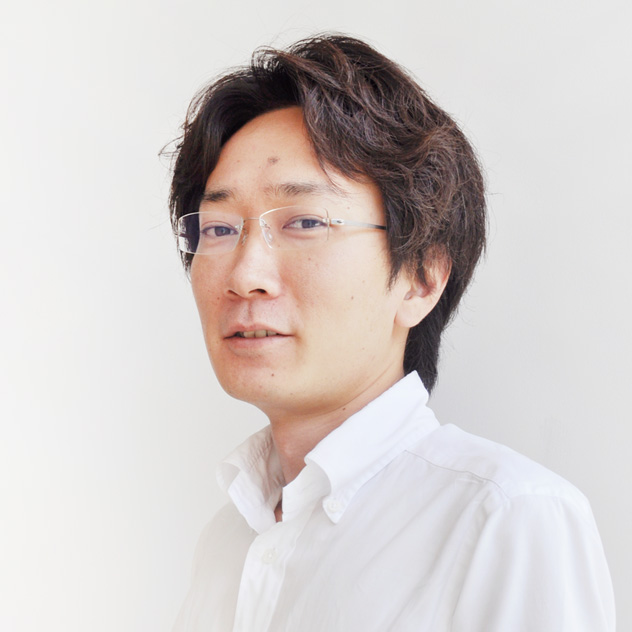Abundant Harvests on Office Building Rooftops
The Surprising Environmental Effects of Sweet Potatoes
Scroll Down
As global warming continues in central Tokyo, an unlikely plant is demonstrating energy-saving effects. On the rooftop of the Sumitomo Shoji Mitoshiro Building in Kanda, Chiyoda-ku, Tokyo, the seedling of sweet potatoes are grown to cover the outdoor units of air conditioning equipment. Transpiration from the leaves of the sweet potatoes cools the air that the outdoor units take in, succeeding in reducing air conditioner operational energy by as much as 10% during the hottest period in summer, thus demonstrating energy-saving effects. The energy-saving effects of transpiration from the leaves of sweet potatoes have been researched for a while, but this is the first case in which they were incorporated in an actual building.
CATEGORY
Sweet Potatoes and a Happy Byproduct
Greening with Sweet Potatoes: Creating Additional Value
In this way, the Greening System Using Sweet Potatoes not only saves energy but contains latent possibilities for creating additional value. Nikken Sekkei is thus actively taking on the challenge of unprecedented new attempts, like this one.

